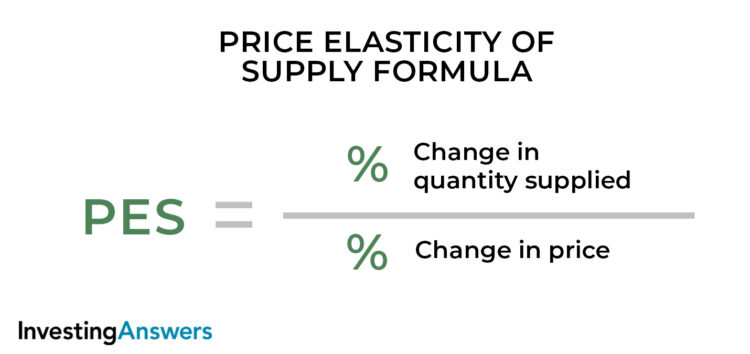

This happens because the price elasticity of demand often varies at different points along the demand curve and because the percentage change is not symmetric.

As the difference between the two prices or quantities increases, however, the accuracy of the formula decreases. The basic formula for the price elasticity of demand (percentage change in quantity demanded divided by the percentage change in price) yields an accurate result when the changes in quantity and price are small. Arc elasticity: The elasticity of one variable with respect to another between two given points.

Point elasticity: The measure of the change in quantity demanded to a very small change in price.To calculate the point elasticity, you must have a function for the relationship between price and quantity.

The point elasticity captures the change in quantity demanded to a tiny change in price.You do not need to know the function relating price and quantity demanded to use this method. The midpoint method can be used if just two points on the demand curve are known.The arc elasticity captures the responsiveness of one variable to another between two given points.When changes in price and quantity are big, the arc elasticity or point elasticity formulas provide a more accurate elasticity coefficient than the basic elasticity formula.The consumer may be selecting more luxurious substitutes as a result of the increase in income. This is an inferior good (all other goods are normal goods). Negative income elasticity of demand (YEDZero income elasticity of demand (YED=0): A change in income has no effect on the quantity bought.This is characteristic of a necessary good. Low income elasticity of demand (YEDUnitary income elasticity of demand (YED=1): An increase in income is accompanied by a proportional increase in quantity demanded.This is typical of a luxury or superior good. High income elasticity of demand (YED>1): An increase in income is accompanied by a proportionally larger increase in quantity demanded.Income Elasticity of Demand: Income elasticity of demand measures the percentage change in quantity demanded as income changes. Cross-Price Elasticity of Demand (E A,B) is calculated with the following formula: More specifically, it captures the responsiveness of the quantity demanded of one good to a change in price of another good. The cross-price elasticity of demand shows the relationship between two goods or services. substitute: A good with a positive cross elasticity of demand, meaning the good's demand is increased when the price of another is increased.Complement: A good with a negative cross elasticity of demand, meaning the good's demand is increased when the price of another good is decreased.Independent goods have a cross-price elasticity of zero: as the price of one good increases, the demand for the second good is unchanged.Substitute goods have a positive cross-price elasticity: as the price of one good increases, the demand for the other good increases.Complementary goods have a negative cross- price elasticity: as the price of one good increases, the demand for the second good decreases.


 0 kommentar(er)
0 kommentar(er)
